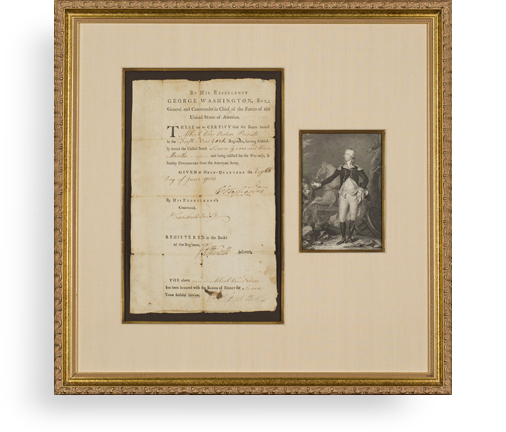Albert Einstein Declines an Invite to Speak in Philadelphia, a Day After His 71st Birthday


Albert Einstein Declines an Invite to Speak in Philadelphia, a Day After His 71st Birthday
But the chronic illness that would lead to his death was already bothering him
Martin Oppenheimer was for years on the faculty of Temple University in Philadelphia, PA, and was co-editor of “Sociologists and the Movement” (published by Temple). He also wrote many articles about the 1950s and 1960s in numerous publications....
But the chronic illness that would lead to his death was already bothering him
Martin Oppenheimer was for years on the faculty of Temple University in Philadelphia, PA, and was co-editor of “Sociologists and the Movement” (published by Temple). He also wrote many articles about the 1950s and 1960s in numerous publications. Afterwards leaving Temple, he was Assistant Director of Studies of the American Friends Service Committee.
While at Temple he was a member of the Temple Socialist Club. In that capacity, he invited Albert Einstein to speak to the club. Unfortunately Einstein was not well and could not accept the invitation.
Einstein’s birthday was March 14, 1879.
Typed letter signed, on his Institute for Advanced Study letterhead, Princeton, March 15, 1950, to Oppenheimer. “Thank you for the invitation to address your rally. Poor health, however, does not permit me anymore, to participate in such activities.”
Einstein’s statement was not just an excuse. In 1950 his health was generally poor, marked by chronic digestive issues including liver ailments, stomach ulcers, inflammation of the gall bladder, jaundice, and intestinal pains. And later, there was a ruptured abdominal aortic aneurysm that led to his death in 1955 at age 76.

Frame, Display, Preserve
Each frame is custom constructed, using only proper museum archival materials. This includes:The finest frames, tailored to match the document you have chosen. These can period style, antiqued, gilded, wood, etc. Fabric mats, including silk and satin, as well as museum mat board with hand painted bevels. Attachment of the document to the matting to ensure its protection. This "hinging" is done according to archival standards. Protective "glass," or Tru Vue Optium Acrylic glazing, which is shatter resistant, 99% UV protective, and anti-reflective. You benefit from our decades of experience in designing and creating beautiful, compelling, and protective framed historical documents.
Learn more about our Framing Services









































































































